Regarding nanoparticles in cosmetics, the cosmetics industry uses inorganic oxides, such as zinc oxide and titanium, but the use of these oxides is limited due to their whitening properties on the skin. The use of nanoparticles such as titanium dioxide and zinc oxide is common in sunscreens, and high-performance sunscreens have been on the market for decades. If you are planning to make these products, you will need information about tips nanoparticles and guide nanoparticles. So join us.
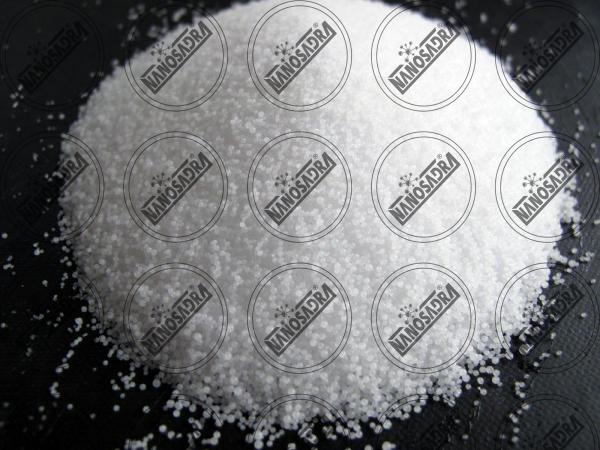
Nanoparticles Manufacturers in India
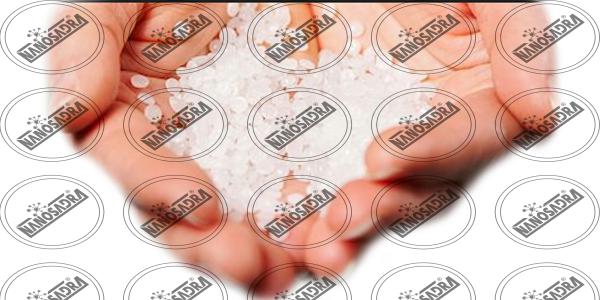 There are many vendors and manufacturers in India that are active in the field of nanoparticles and also produce several products. You can find out the quality of their products by visiting their stores and choose the best samples. You can also get help from online websites in this regard. The use of nanoparticles around the world has greatly increased, and this has led to various companies starting to work in this field. If you are planning to buy quality Nanoparticles products, you need to visit reputable stores to relax your imagination about the authenticity of the products you bought. You can also search the Internet for nanoparticles bulk near me to find the nearest sales centers for these products.
There are many vendors and manufacturers in India that are active in the field of nanoparticles and also produce several products. You can find out the quality of their products by visiting their stores and choose the best samples. You can also get help from online websites in this regard. The use of nanoparticles around the world has greatly increased, and this has led to various companies starting to work in this field. If you are planning to buy quality Nanoparticles products, you need to visit reputable stores to relax your imagination about the authenticity of the products you bought. You can also search the Internet for nanoparticles bulk near me to find the nearest sales centers for these products.
Different types of nanoparticles
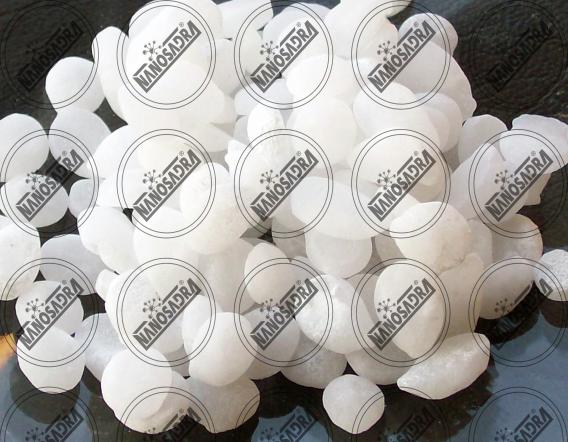 Different types of nanoparticles are:
Different types of nanoparticles are:
- Oxide nanoparticles
- Non-oxide nanoparticles
- Elemental nanoparticles (which often include metal nanoparticles, boron, carbon, and other elements)
- Different types of carbon nanotubes (CNT)
- Different types of nanomiles, Nano Wiskers, Nanowire, Nanofiber
- Different types of carbon nanostructures such as fluorine (C60 C70) and nanofibers
- Nanomaterials
- Mineral nanomaterials
- Different types of quantum dots
Regarding oxide nanoparticles, for example, oxide nanoparticles are often called ceramic oxide nanoparticles and cover a wide range of nanoparticles. This category of nanomaterials is the most widely used category of nanomaterials. These materials include titanium nanofluid (TiO2), aluminum nanocoxide (Al2O3), zirconium nanocoxide (ZrO2), boron nanocoxide (B2O3), bismuth nanopoxide (Bi2O3), serum nanocoxide (CeO2), nanocoxide nanocarbonate cobalt (Co3O4). ), Copper (CuO) nanofibers, iron nanofluids (Fe3O4 Fe2O3), indium nanocoxes (In2O3), tin nanofoxes (Sn2O3), magnesium nanogoxes (MgOs), manganese nanoxides (Mn2O3), Nolivide Noliboid Nanocides (MoO3) , Silicon nanofluid (SiO2), tungsten nanofluid (WO3), itria nanotoxic (Y2O3), zinc (NnO) and others.
Applications of serum oxide nanoparticles (CeO2) include catalytic use to convert harmful gases emitted from the car’s exhaust and convert them into less harmful gases. Another important application is in the field of production and storage of hydrogen. The main reason for these applications is the presence of oxygen vacancies at the seria level, which act as an active site in reactions.
Zirconium oxide nanoparticles (ZrO2) are used in the refractory and nuclear industries. Silica nanofluid nanoparticles (SiO2) are used to make concrete specimens containing silica nanoparticles (HPC), nanosilica, to prevent corrosion of steel. The use of nanosilica in the preparation of concrete, while increasing the life of the building, prevents the erosion and corrosion of dams and marine structures, especially in port and oil and gas sectors.
Lead oxide nanoparticles with a suitable structure are used to make lead-acid batteries with long life and high capacity. Zinc oxide nanoparticles in various industries can replace zinc oxide in macromolecules and give extraordinary properties to the final product. This product is used as a catalyst in the oil, gas and petrochemical industries and is also widely used in the rubber, electronics, electrical, glaze, cosmetics and other chemical industries.
How do nanoparticles produce?
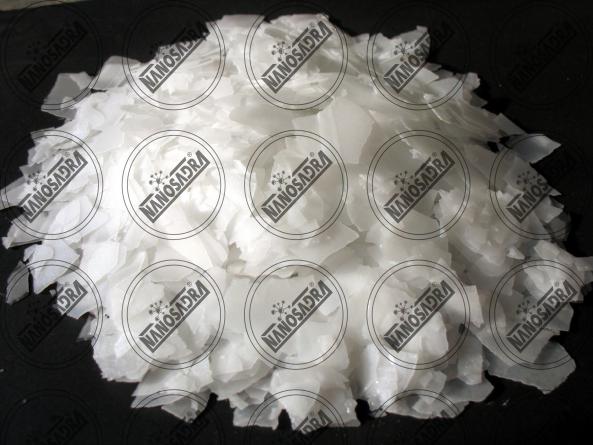 Nanoparticles are produced in different ways. One way to achieve nanometer-sized particles is to use centrifugal force through centrifugal devices. This device can be used to grind small and large dry and wet particles of different materials up to nanometer dimensions. In this machine, balls with hardness commensurate with the hardness of the desired materials are used as hammers.
Nanoparticles are produced in different ways. One way to achieve nanometer-sized particles is to use centrifugal force through centrifugal devices. This device can be used to grind small and large dry and wet particles of different materials up to nanometer dimensions. In this machine, balls with hardness commensurate with the hardness of the desired materials are used as hammers.
Due to the rotation of the device and the centrifugal force resulting from it, the contact, shear and friction forces from the balls and the wall of the device’s chamber enter the particles inside the chamber and cause the particles to break. Also, this device has been produced and is being used in different dimensions and with different production power.

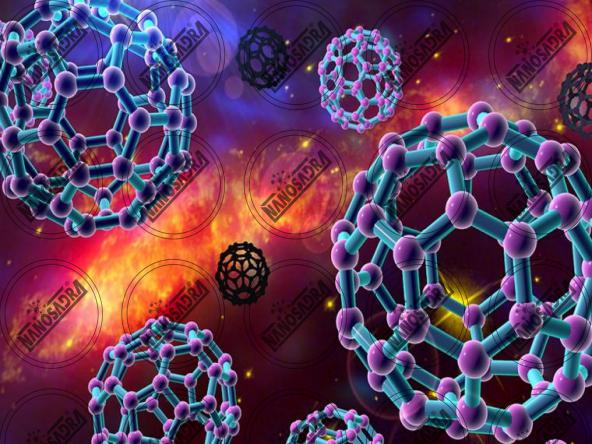
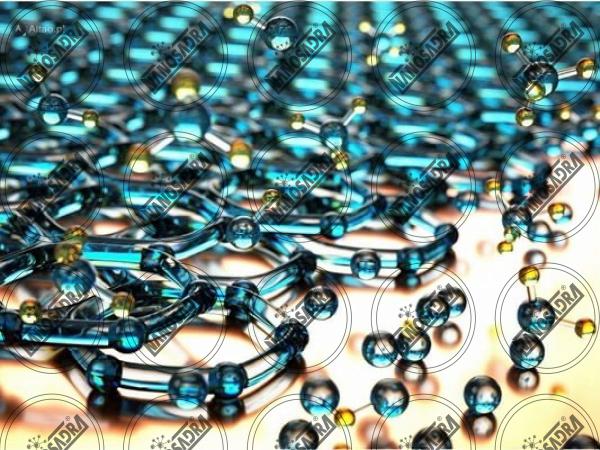







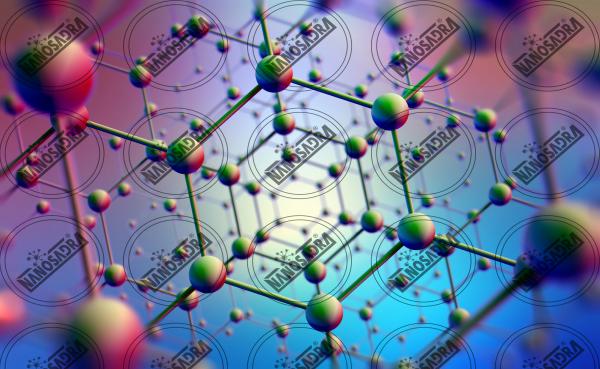
Your comment submitted.